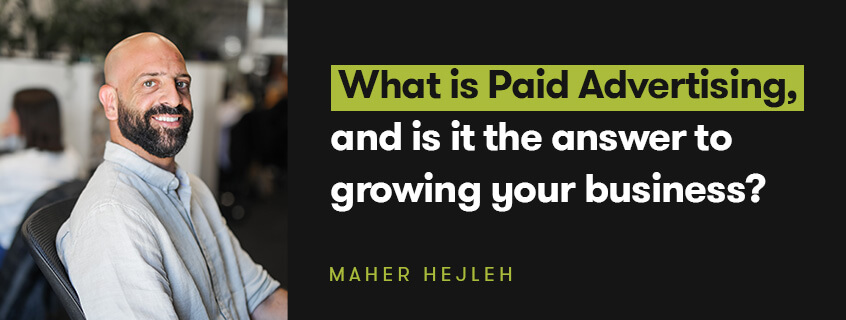

Is paid advertising going to help you grow your business? Ultimately, yes. But just like anything else that involves business growth and digital marketing, there are a lot of things to consider before you jump in and start spending money. People tend to think the more money you throw at paid advertising, the better results you’re going to get—which isn’t always the case. If you haven’t done your proper research, it can be very easy to waste budgets, and even easier not to get results.
However, when done strategically, paid advertising can work wonders for your visibility, return on investment and therefore, your business growth. To understand if paid advertising is the answer to growing your business, let’s dive in.
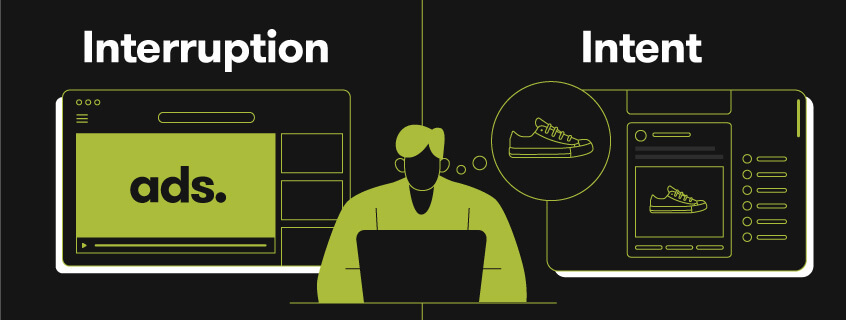
There are two ways of looking at paid advertising: interruption marketing and intent marketing. First things first, you need to figure out which approach is going to work best for your business.
With interruption marketing, you're pushing ads about your product or service in front of people while they're scrolling on social media, and you're stopping them as they're watching cat compilation videos, conspiracy theories, or Spongebob AI song covers. That’s interruption marketing, where your target audience is not actively looking for your offering. Here are some things to think about with interruption marketing.
What you need to think about:
What you’ll love:
Then there's intent marketing, where your audience is actively looking for a product or service. Whether it’s “black and grey Nike Jordan 1’s” or “Landscaper near me”, being able to hit those relevant keywords and get your messaging right so your audience clicks on your Google Ad instead of your competitors is where the gold is.
What you need to think about:
What you’ll love:
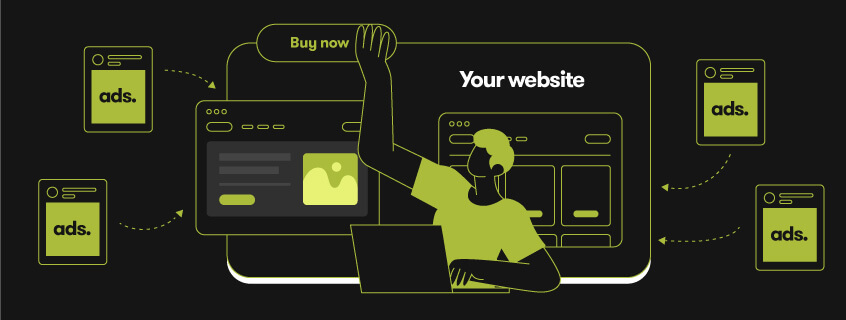
At the end of the day you can say what needs to be said in your ads in order to convert your audience, but if your website isn't singing the same song, users are just going to bounce off—and that's gonna cost you.
For example, if you are paying $4 a click and you get a hundred people clicking, that's $400. And if you're only converting 2%, that's costing you a lot for a lead or a sale.
Your website is a whole other ball game, but it’s an important element in your digital marketing strategy, whether you run paid ads or not. You want to give people a reason to click through to your website and ultimately convert into a lead or a sale. However, if your ad doesn’t lead to a relevant landing page and if your website is hard to navigate or isn't speaking directly to your audience, showing them you have a solution to their problem, they're just gonna bounce back off.
That's the case of intent marketing, where people are clicking on your ad and it's costing you every time they click. So when you are paying for people to click on your website, you want to make sure that your website or landing page:
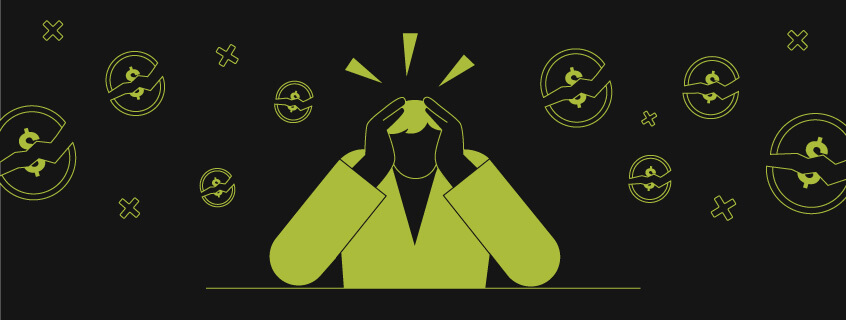
One of the main challenges business owners come across is not understanding who their target audience is beyond age, location and possibly income. Really understanding your market, down to their lifestyle, interests, pain points and problems comes first so that you can tailor messaging to speak specifically to them, rather than wasting ad spend on people who aren’t interested. Find out how to understand your target audience, write relevant messaging and what channels to reach them within this MMM Framework article.
To really understand your target audience, think about their:
Trying to talk to everybody speaks to nobody. When you're spending money on ads you want to make sure they’re as targeted as possible—you shouldn’t try to sell your product or service to everyone and anyone. Try to really understand your market and audience targeting types.
Meta Business Suite, for example, has types of audiences you can choose from based on:
Once you understand who you want to target, you can be quite selective on social ads platforms like Facebook Meta, Instagram and even TikTok, and find people who have similar interests based on what you are promoting.
When it comes to search intent, focus on the keywords that are really important. You don't want to be too broad and show up for everything, similar to broad targeting on social media. You want to really understand and zone in on the intent behind these search terms, so that you can show up for what your audience is actually searching for. The keywords might cost a little bit more, but you're going to get much higher-quality leads as a result.
If you’re only running ads without an overall marketing strategy, your website traffic will depend solely on the money you spend on ads. Meaning, that you haven’t really built yourself an organic audience by earning their trust and loyalty with engaging, helpful content. The consequence of this is that you’ll come across some risks that will hinder your business growth:
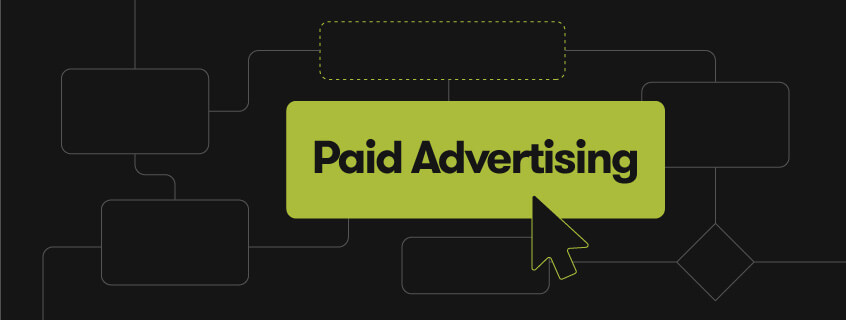
Another thing to think about when it comes to paid ads is how they tie in with your organic marketing strategy. When taking a full customer funnel approach, consider the stage of the journey that your target audience is in, and then tailor your ads to show up for relevant types of search intent keywords. Let’s take a look at informational, navigational, transactional and commercial keywords in the context of an athletic shoe brand.
Your target audience might be track runners, whether it’s a hobby or athletic. They could be considering new shoes, or making comparisons between brands. So they would search for something to the effect of “best running shoes for athletes” or “Nike runners vs. Adidas runners”
Here, they’re just looking for options and answers rather than being sold to. This is the awareness stage of the customer journey, where you’d create content around the who/what/when/where/why/how of your product or service, and earn the trust of your target audience before they consider you as an option.
Navigational is where they're actually looking for something in particular. For example, if they find a shoe model that seems like the right fit for them, they might search “Nike Pegasus 40”, and spend some time on a couple of websites searching for that particular shoe, in a particular size and particular availability near them or for delivery.
Here is where they’ll spend some time weighing up the factors of buying that particular shoe, which would be in the interest stage of the customer journey.
Transactional is when someone is looking to buy today. Maybe the “Nike Pegasus 40” was a bit pricey but if they’re compelled to buy it, they might search “Nike Pegasus 40 on sale” or “Cheapest Nike Pegasus 40”. If your store is running a sale or if you have competitive pricing, here is where you’d most likely spend on your ads, during the transactional stage of the customer journey where you know they have their wallet out and ready.
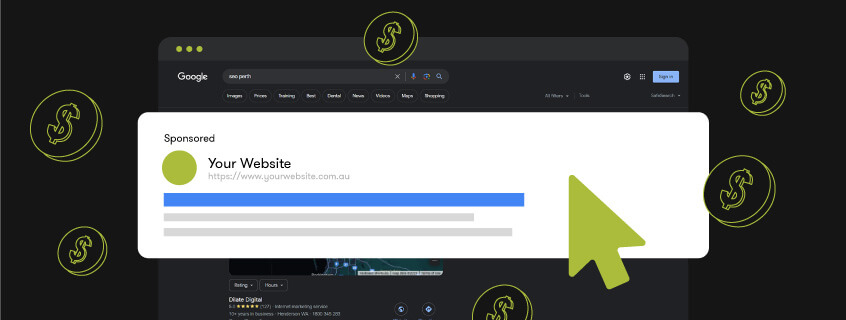
If you don’t have an organic marketing strategy, for now, that’s okay! One of the main benefits of paid advertising is that you can put yourself out there in front of people quicker and jump to the first page of search results (depending on your budget). Let’s take a look at how:
You can run brand awareness ad campaigns, where you can get people to learn about you and trust your brand. They might not be ready to purchase, but they might engage with your ad which allows you to retarget them later down the track. Brand awareness campaigns allow you to get a feel of what type of audience is interested in your brand, product or service. You get a much lower cost per click because the goal is to get them to engage rather than convert.
Brand awareness ad campaigns can also be great for demand generation. You’re putting your brand in the back of people’s minds, whether they have a problem or not.
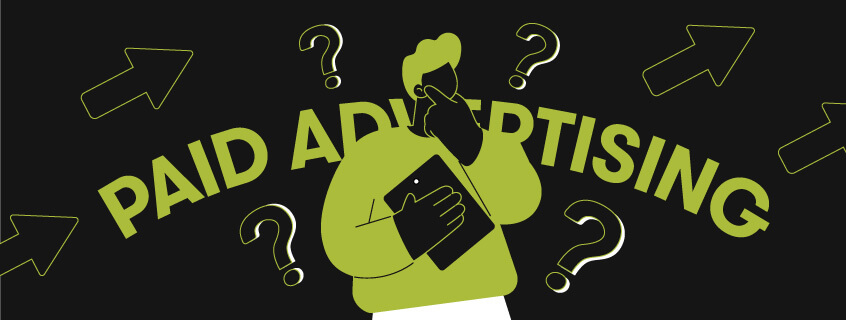
Paid advertising can definitely help you grow your business. But there are a lot of things to consider and you would benefit from sitting down and thinking about all the factors that would affect your ROAS before just jumping in and spending money.
Understanding each platform like Google, Facebook, Instagram down to Pinterest and even Spotify, and knowing how they work is a beast of its own.
The good news is that having a paid strategy comes in handy to do a lot of testing and see what works, what doesn’t, and understand your target market really well.
You just need to make sure that you have a compelling offer that's really gonna get people jumping on.
If you’re a business owner pressed for time, with a business to run and people to lead, or if you’re a marketing manager who needs help driving a digital marketing strategy, consider reaching out to a digital marketing agency. At Dilate, we take the confusion out of paid advertising and tackle the market with a full-funnel approach. We take the time to create a holistic strategy that we know is going to work for your brand, with your business growth in mind. So let’s talk, and grow your business together.
what our clients are saying
create business. better everyday.
Let's Talklearn from the best minds in the business
Bodie provides some insight into Dilate's internal operations. How we approach what we do, and how we strive to be Better Everyday.





